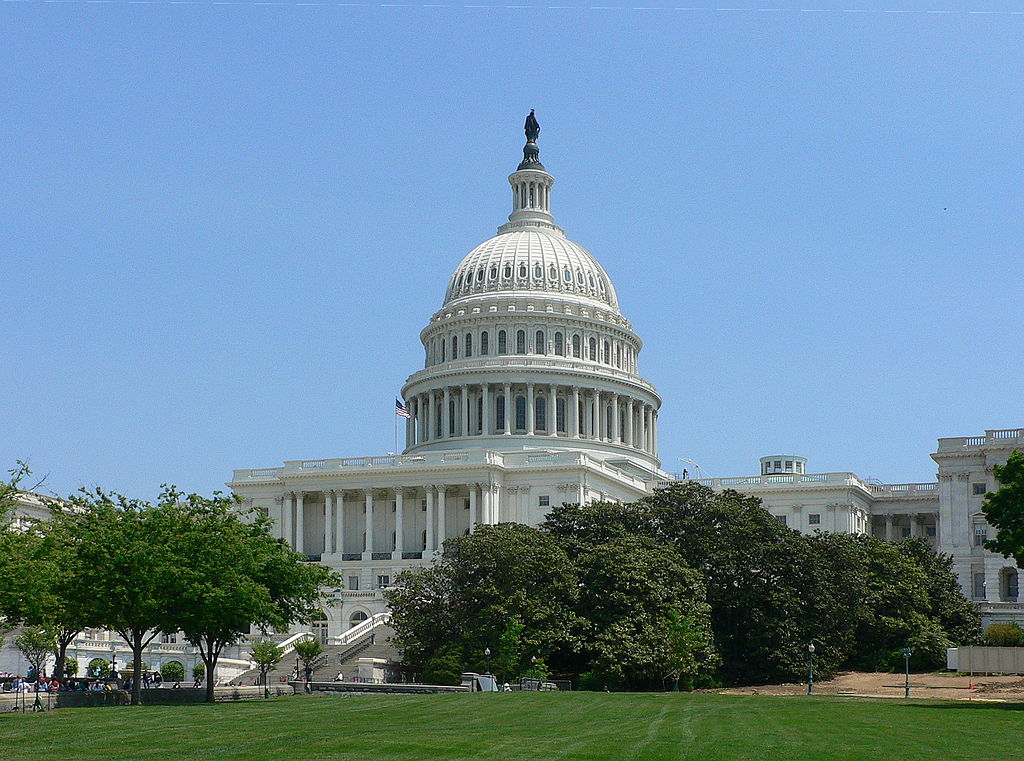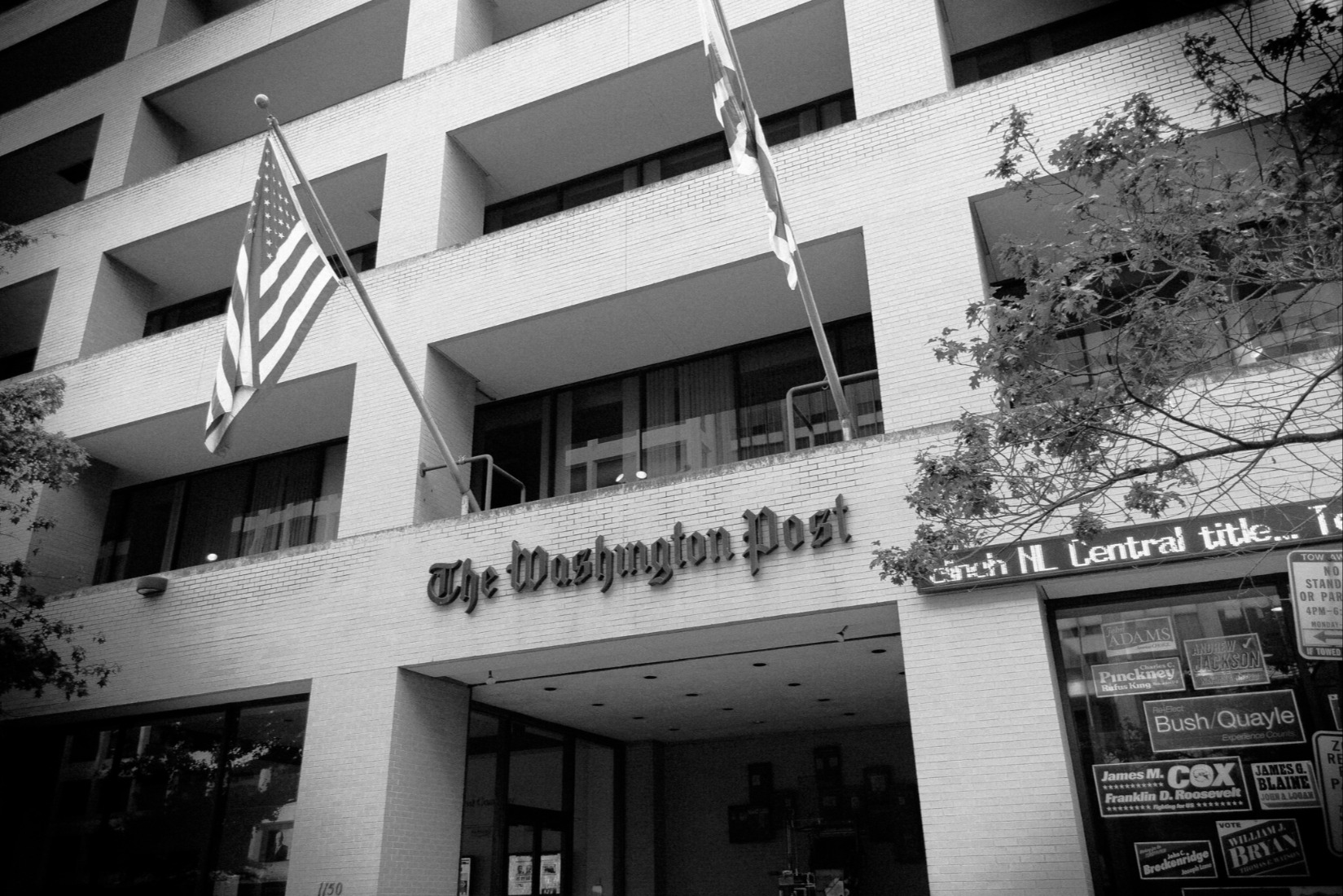Procedural Hurdles for the Mueller Protection Bills
With speculation about whether President Trump will fire Special Counsel Robert Mueller continuing to swirl, we’ve seen several developments related to legislation that would protect the special counsel. In both the House and Senate, however, potential procedural hurdles lie ahead.
The House

Published by The Lawfare Institute
in Cooperation With

With speculation about whether President Trump will fire Special Counsel Robert Mueller continuing to swirl, we’ve seen several developments related to legislation that would protect the special counsel. In both the House and Senate, however, potential procedural hurdles lie ahead.
The House
Just before the House went on its March recess, two Democrats, Rep. Sheila Jackson Lee of Texas and Rep. Steve Cohen of Tennessee, filed separate discharge petitions in an attempt to bring legislation protecting Mueller to the House floor. Cohen’s petition relates to H.R. 4669, while Jackson Lee’s is associated with H.R. 3654. Cohen’s bill is similar to the proposal offered in the Senate by Sens. Thom Tillis (R.-N.C.) and Chris Coons (D.-Del.), while Jackson-Lee’s resembles the one authored by Sens. Lindsey Graham (R.-S.C.) and Cory Booker (D.-N.J.). As Steve Vladeck has noted, the bills differ in their particulars but have the same basic structure in providing for judicial review of Mueller’s firing.
Adopted in its present form in 1931, the discharge rule provides a way for a numerical majority of House members to force a vote on a measure over the objections of various actors whose support is usually needed to get things on the House floor: committees of jurisdiction (in this case, the House Judiciary Committee), the majority party leadership, and the Rules Committee.
How does the discharge petition process work? If a bill has been sitting in committee for more than 30 legislative days, a member may initiate a discharge petition. Once it is signed by 218 House members, a motion to discharge the bill is placed on the House discharge calendar. After it sits for at least seven legislative days on the discharge calendar, any supporter can move to bring up the motion to discharge on the floor, but only on the second or fourth Monday of the month. (Yes, really.)
The fact that there are infrequent opportunities to access the discharge calendar is only one of several reasons that discharge petitions are rarely successful. In a 2013 analysis, my Brookings colleague Sarah Binder found that fewer than 2 percent of measures targeted by discharge petitions passed the House between 1947 and 2013; even using a more generous standard (cases in which the House majority party brings up its own version of the bill related to the discharge petition), only 9 percent of discharge efforts were successful. While high-profile exceptions exist, including the Bipartisan Campaign Finance Reform Act (also known as McCain-Feingold) and the 2015 legislation reauthorizing the Export-Import Bank, these historical trends suggest a discharge petition is rarely an effective tool for forcing action.
Indeed, in the case of the special counsel legislation, the ability of House Democrats to use the discharge petition to force a vote faces a number of hurdles. The first is mathematical. As of this writing, only 180 House Democrats have signed one or both discharge petitions. Even assuming the members who signed one but not the other could be convinced to endorse the other, they are still left 38 votes shy of the 218 needed for a successful petition. And even if the remaining 13 House Democrats who have not signed either join the effort, Democrats would still need 25 Republicans to pledge their support. Getting members of the other party to break ranks and join a discharge petition can be a difficult task; there’s evidence that even majority party members who support the underlying bill enough to co-sponsor it are reluctant to cross party lines and circumvent the power of the majority party leadership to set the schedule. Even as some Republicans emerge as supportive of underlying efforts—Rep. Walter Jones (R.-N.C.) is a co-sponsor of Cohen’s bill, and Rep. Charlie Dent (R.-Pa.) recently announced he’d be introducing his own legislation with Rep. Peter Welch (D.-Vt.)—it’s not clear that would help the proponents of the discharge petition force action.
A second obstacle involves the fact that the discharge petitions have been filed on the special counsel legislation itself, rather than on accompanying procedural resolutions. To understand why this is relevant, we need to take a brief detour through House floor procedure. Most major bills that come up for consideration in the House do so under what’s called a “special rule,” developed by the House Rules Committee. Each special rule outlines how long the associated piece of legislation will be debated for, which amendments will be eligible for consideration, and other terms of debate. When the House is preparing to consider a bill, it first debates and votes on the special rule; if the rule is adopted, then the chamber proceeds to deliberate on the bill itself.
This two-step process for considering bills on the House floor creates a second way that the discharge process can be used. Rather than discharging the committee responsible for the bill, a measure’s supporters can introduce a special rule relating to the legislation they are seeking to move and then use a discharge petition to force the rule out of the Rules Committee. As the Congressional Research Service notes, this approach became more common starting in the mid-1990s. The successful effort to use a discharge petition as part of an effort reauthorize the Export-Import Bank in 2015 used this strategy.
Why might this seemingly more complicated approach be more effective? Because it prevents the committee of jurisdiction from rendering the discharge effort moot. Suppose a discharge petition is nearing 218 signatures. The committee handling the bill might go ahead and report it out even if it opposes it, “for once the committee no longer has the measure in its possession, it can no longer be discharged.” Once the bill has come out of committee under the regular process, it’s unlikely to reach the floor without the support of the House leadership. At this point, discharge proponents could still introduce a special rule related to the bill and try to discharge that from the Rules Committee, but that requires another round of signature collection and a seven-legislative day waiting period.
There may be value, then, to taking the special rule approach from the start. But that’s not the path that the supporters of the special counsel petitions have taken, and as a result, they could face the difficulties outlined above.
In short, the discharge petition, while attractive in principle, is difficult to use effectively in practice and not suited to the kind of speedy action that the proponents of the special counsel legislation are likely seeking at this point.
The Senate
On the Senate side, meanwhile, reports indicate that the Senate Judiciary Committee may consider a measure related to the special counsel that represents a merger of the separate Tillis-Coons and Graham-Booker proposals; all four of those senators sit on the Judiciary panel. The committee held a hearing on the constitutionality of the respective measures in September, and the drafting of a compromise version represents an important step forward.
The Senate bill has encountered timing obstacles of its own, brought on in part by relevant rules—in this case, those of the Senate Judiciary Committee. Judiciary Committee Chairman Chuck Grassley (R.-Iowa) initially wanted to consider the measure last week, but Ranking Minority Member Dianne Feinstein (D.-Calif.) would have needed to sign off on that change to the agenda, which reports indicate she is unwilling to do. Grassley next floated the idea of addressing the bill on Thursday, April 19. But committee rules also allow any member to request a one-week delay in the consideration of an agenda item. Given lingering partisan conflict over the bill’s content—including between Grassley and Feinstein—consideration has now been pushed back one additional week, until April 26.
Committee scheduling issues aside, even if the Judiciary panel reports out a compromise version, senators would still need to convince Majority Leader Mitch McConnell (R.-Ky.) to schedule the bill for floor consideration. Politico recently reported that eight Senate Republicans are already supportive or considering getting behind efforts to protect the special counsel: Tillis, Graham, Grassley, Lisa Murkowski (R.-Alaska), Bob Corker (R.-Tenn.), Jerry Moran (R.-Kan.), Jeff Flake (R.-Ariz.) and Susan Collins (R.-Maine). If all eight of those senators, plus all 49 Democrats, were on board, that would leave supporters three votes shy of the 60 necessary to overcome the threat of a filibuster in the Senate.
Given that House Speaker Paul Ryan has said he doesn’t think it’s “necessary” to bring up legislation protecting the special counsel, we may well find ourselves in yet another round of the circular blame-shifting that’s happened on other issues (like immigration) in recent months: Ryan refuses to consider a bill unless he knows the Senate will approve it, and McConnell refuses to bring up one unless there’s evidence the House will. While optimism about the legislation isn’t yet warranted, sustained congressional attention—and a willingness to use the procedural tools available—may be a step in the right direction for those seeking to protect the special counsel or otherwise send the president a message.





